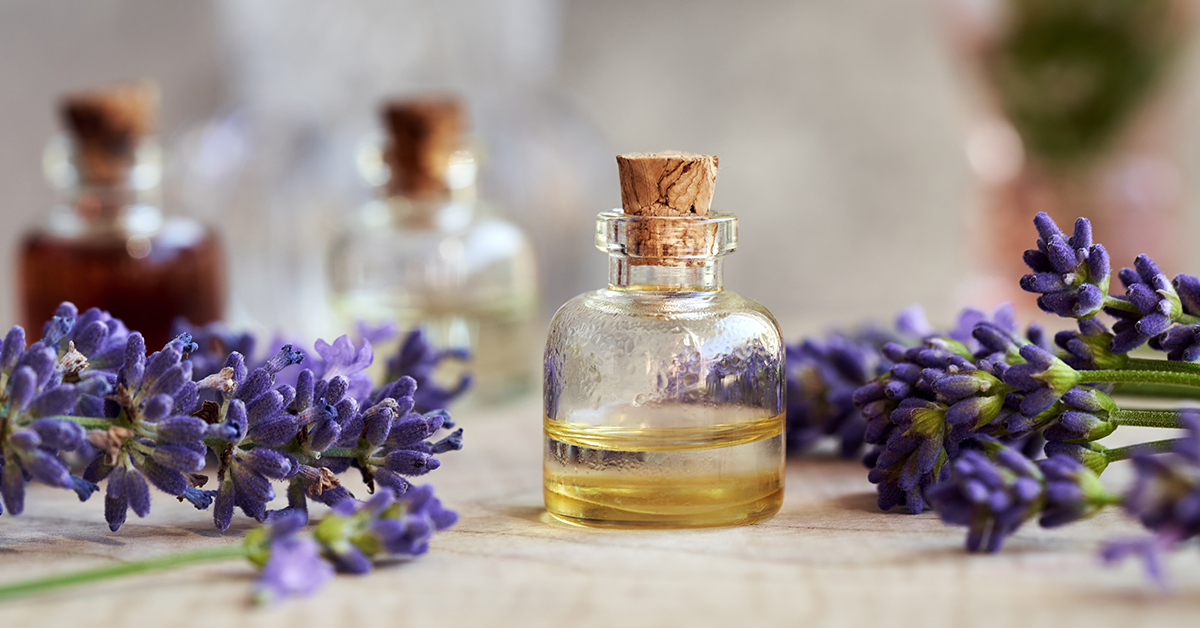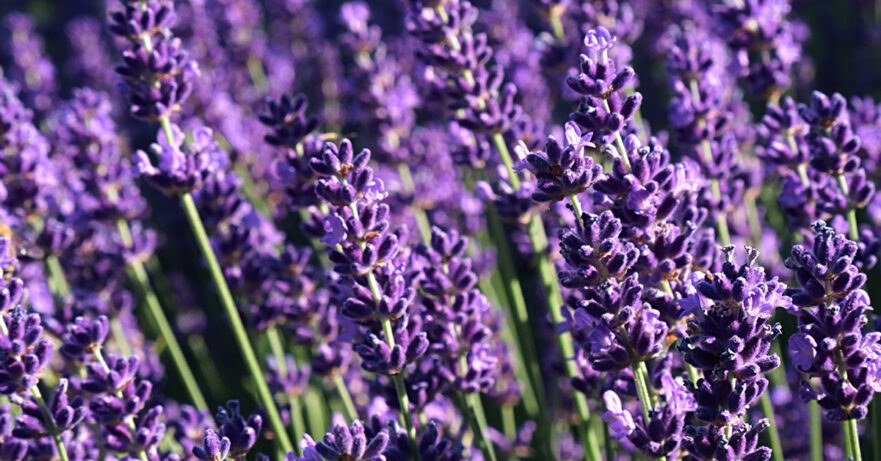In this monograph about lavender:
📖 Introduction | 🌱 Botanical Description | 📜 Traditional Uses | 🔍 Phytochemistry | ✨ Applications and Uses | 🛡️ Safety Profile
📖 Introduction
Lavender (Lavandula angustifolia) is a beloved aromatic perennial with a prestigious status in herbal medicine for its versatile therapeutic properties. Renowned for its distinctive fragrance and vibrant purple flowers, lavender has been utilized for centuries to promote relaxation, alleviate stress, and support skin health, earning a revered place in traditional and contemporary wellness practices.
| English Name | Lavender |
| Latin Name | Lavandula angustifolia |
| Parts Used | Flowers, leaves |
| Traditional Uses | Improving sleep quality, reducing anxiety, treating minor burns, wounds, and skin irritations, digestive issues |
| Herbal Actions | Carminative, antispasmodic, relaxing nervine, anti-inflammatory |
🌱 Botanical Description
Scientific Classification
Lavandula angustifolia is a member of the Lamiaceae (mint) family.
Physical Characteristics
Lavender plants feature narrow leaves and bear tall, slender spikes of purple flowers, which are highly aromatic.
Natural Habitat and Cultivation Details
Originally native to the Mediterranean region, lavender thrives in sunny, well-drained environments. It has since been cultivated globally and is valued for its beauty and myriad uses in herbal medicine, aromatherapy, and the culinary arts.
📜 Traditional Uses
Traditionally, lavender has been cherished for its calming and soothing effects, often used to improve sleep quality and reduce anxiety. Its antiseptic and anti-inflammatory properties have also made it a staple for treating minor burns, wounds, and skin irritations. Lavender’s role in folklore extends to its use as a protective and purifying herb, believed to help ward off illness and promote peace in the home.

🔍 Phytochemistry (Active Constituents)
Lavender’s therapeutic benefits can be attributed to its rich phytochemical composition:
- Linalool and linalyl acetate: Primary constituents responsible for lavender’s calming and relaxing effects, contributing to its efficacy in reducing anxiety and aiding sleep.
- Tannins: They provide astringent properties, which are beneficial in topical applications for skin health.
- Coumarins and flavonoids: These compounds offer antioxidant and anti-inflammatory benefits, supporting the body’s natural healing processes.
✨ Applications and Uses
Lavender is extensively used in herbal medicine for:
- Relaxation and sleep support: Widely known for enhancing relaxation and improving sleep quality, it is a popular choice for those experiencing insomnia or stress.
- Digestive aid: Lavender tea is often consumed to alleviate digestive discomfort, such as bloating and gas, attributable to its antispasmodic properties.
- Skin care: Topical applications of lavender oil or infused products are renowned for soothing skin irritations, accelerating wound healing, and reducing inflammation.
The efficacy of lavender in these applications is well-supported by its diverse phytochemical profile, particularly its essential oils, which are integral to its soothing and healing properties.
🛡️ Safety Profile
Lavender is generally considered safe when used in typical culinary or therapeutic doses.
However, concentrated lavender oil should be used with caution, especially when applied directly to the skin or used in aromatherapy, as it may cause allergic reactions or irritation in sensitive individuals.
Pregnant and breastfeeding women are encouraged to consult a healthcare provider before use.
Lavender may interact with certain medications, such as sedatives and those affecting the nervous system, highlighting the importance of professional guidance for those with existing health conditions or concerns.
📃 Related Posts
🌱 Related Herbs

